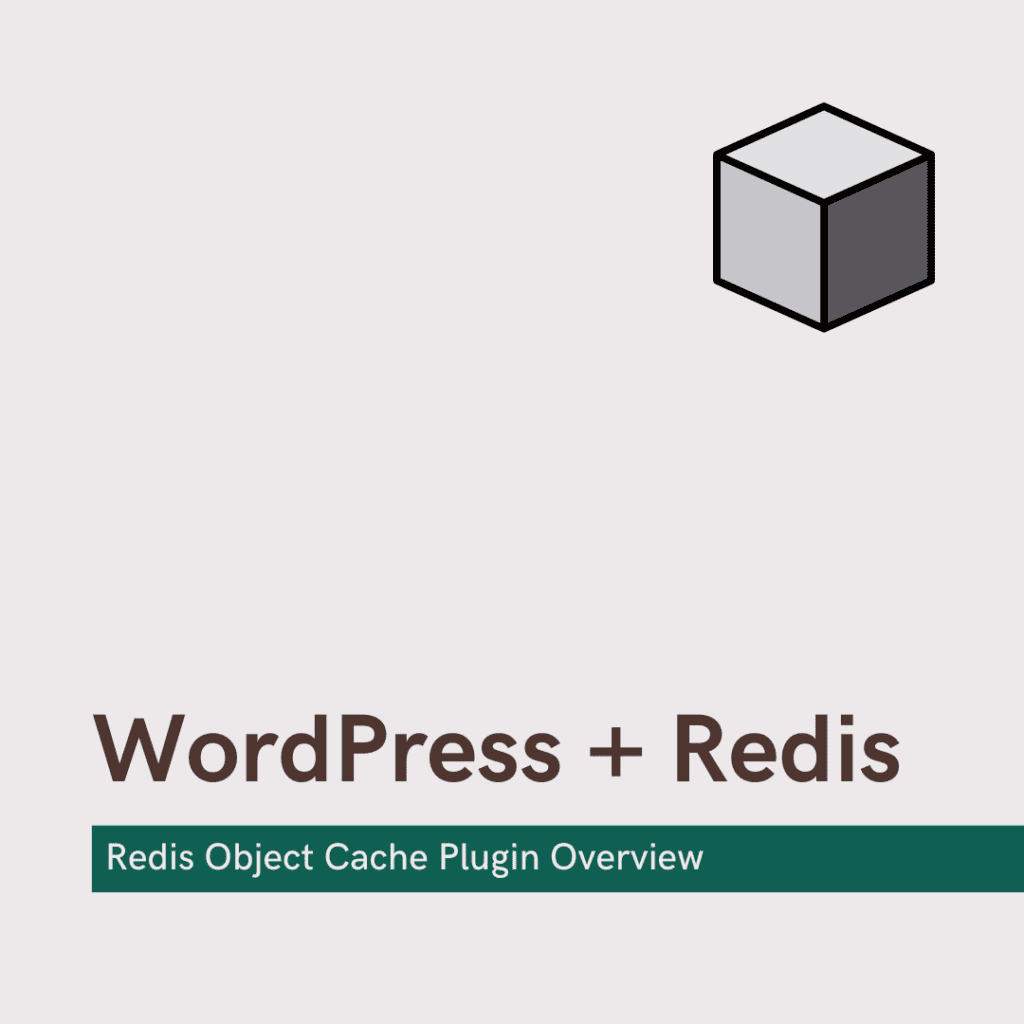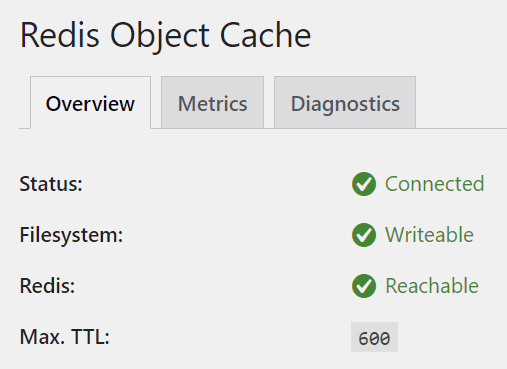Atlanta Web Design Blog

Speed Up Your Slow WordPress Site Using Redis Object Cache
Imagine you’re back in the 90s, waiting for a webpage to load over a dial-up connection, the screeching sound of the modem accompanying each painstaking second. Now, fast forward to today, and encounter a similar frustration with a slow-loading WordPress site. Each click and page load feels like an eternity, mirroring the agony of those dial-up days. This delay not only tests your patience but also drives away visitors, hampers user engagement, and negatively impacts search engine rankings. Just as dial-up was a barrier to seamless browsing back then, a sluggish website today creates an equally frustrating experience, making it crucial to find a solution to enhance speed and performance.
In today’s fast-paced digital world, patience is a rare commodity. Users expect instant gratification, and a slow-loading website can be a deal-breaker. Let’s dive into how the speed of your site can make or break your online presence.
Conversions: Speed is Money
When your website drags its feet, so do your conversions. Imagine you’re ready to make a purchase, but the checkout page takes forever to load. Frustrating, right? Most users won’t wait around; they’ll bounce to a competitor’s site that offers a smoother, faster experience. Every second counts—literally. Studies show that even a one-second delay can reduce conversions by up to 7%. In a world where speed is king, ensuring your site is fast can significantly boost your sales and customer retention.
SEO: Google Loves Speed
Search engines like Google are all about delivering the best user experience, and that includes speed. If your site is slow, it won’t just annoy your visitors; it’ll also hurt your search engine rankings. Google’s algorithms favor fast-loading websites, so a sluggish site can push you down the search results, making it harder for potential customers to find you. By optimizing your site speed, you can improve your SEO and drive more organic traffic to your site.
User Experience: First Impressions Matter
First impressions are everything, and a slow site can leave a lasting negative impression. Today’s users are accustomed to rapid responses and seamless browsing. If your site takes too long to load, they’ll perceive it as unprofessional and unreliable. This poor user experience can tarnish your brand’s reputation, driving users away and reducing repeat visits. On the flip side, a fast, responsive site creates a positive experience that keeps users engaged and coming back for more.
In a nutshell, the speed of your website is crucial in meeting the expectations of today’s impatient users. By prioritizing site speed, you can enhance conversions, boost your SEO, and create a stellar user experience that sets your brand apart. Don’t let a slow site hold you back—make speed a priority and watch your online presence thrive.

Given the significant impact that slow site speed can have, it’s essential to find effective solutions to boost your website’s performance. One powerful tool that can make a real difference is the Redis Object Cache plugin for WordPress. By leveraging Redis, an advanced in-memory data store, this plugin caches frequently accessed data, drastically reducing the load on your database and speeding up page load times. In the following sections, we’ll explore how to implement Redis Object Cache on your WordPress site, optimizing performance and helping you meet the fast-paced expectations of today’s digital users.
Redis Caching: What is it?
Redis works like a magical filing cabinet for your website, helping it perform faster and more efficiently. Picture your website as an office where employees frequently need important documents from a massive archive room. Normally, they’d have to walk back and forth, digging through endless files every time they need something, which takes a lot of time. Now, imagine having a special filing cabinet right next to their desks that holds copies of the most commonly used documents. This is how Redis operates for your website. Instead of repeatedly searching the entire database for information, Redis keeps the most frequently requested data in a quick-access memory storage. This way, your website can retrieve and deliver this data almost instantly, making your pages load swiftly and keeping your visitors satisfied and engaged.
Make Sure Redis Is Set Up
Before you can harness the speed-boosting power of the Redis Object Cache plugin for your WordPress site, you’ll need to ensure that Redis is properly set up in your hosting environment. Redis can be configured in several ways to suit your needs. You can install it directly on your web server, which is ideal for simpler setups or smaller websites. Alternatively, for larger sites or those expecting high traffic, you might opt to set up Redis on a separate server within the same environment, ensuring optimal performance and scalability. Regardless of the method you choose, having Redis ready and running is a crucial first step before installing and configuring the Redis Object Cache plugin on your WordPress site.
Not sure if you have Redis?
Our DevOps team can help set up Redis for you! Contact us today,
and we’ll ensure your website is optimized for peak performance and lightning-fast load times.
Let us handle the technical details so you can focus on what you do best.
PHP Needs To Talk To Redis
Once Redis is set up in your hosting environment, the next crucial step is to ensure that your web server’s PHP configuration is compatible and can communicate effectively with Redis. Without proper PHP support, your Redis Object Cache plugin won’t be able to leverage the speed advantages of Redis. This typically involves installing and enabling the necessary PHP extensions for Redis. By making sure your PHP configuration is correctly set up, you’ll be paving the way for a seamless integration, allowing your WordPress site to fully benefit from the enhanced performance that Redis offers.
Finally – Install the Redis Object Cache Plugin

If the plugin is configured correctly you should Connected, Writeable and Reachable.
The last step in speeding up your WordPress site with Redis is to install and enable the Redis Object Cache plugin. This process is straightforward and can usually be done directly through your WordPress dashboard. Once the plugin is activated, you’ll need to configure the connection settings. If Redis is installed locally on the same server as your web server, the plugin may automatically detect and connect to it without any additional configuration. However, if you have a more complex setup with Redis on a separate server, you’ll need to configure the connection manually. This involves editing your wp-config.php file to include the necessary connection details. For comprehensive, step-by-step instructions on how to set up and configure the Redis Object Cache plugin, you can refer to the detailed installation guide here.
Ready to supercharge your WordPress site?
Redis is only one of many strategies we can use to speed up your website. Contact us today and our developers will help you speed up your site.
Have a project you’d like to discuss?
Fill out the form below and let’s have a conversation.


